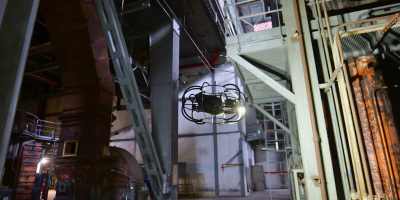Non-destructive testing (NDT) is an essential approach to ensuring the safety and reliability of materials and structures, without compromising their integrity. This discipline plays an essential role in various industrial sectors, enabling early detection of defects that could compromise the performance of installations and equipment. By avoiding costly interventions and optimizing maintenance, NDT helps improve productivity and reduce unplanned downtime.
Multinnovwith innovative solutions such as Stereo2 and Roview2are fully in line with this dynamic, offering advanced technologies for visual inspection, particularly in confined spaces.
What is non-destructive testing?
NDT encompasses a number of methods for examining materials and structures without altering or destroying them. Unlike destructive testing, which requires the removal or degradation of a sample, NDT extends the life of equipment and optimizes maintenance costs. This method is widely used in sectors where safety and precision are crucial, such as the nuclear, aeronautical and construction industries.
The main aim of NDT is to identify internal or external defects, structural variations or anomalies likely to affect the performance of a part. By preventing failures, it helps to improve plant safety while reducing production interruptions.
The main techniques of non-destructive testing
Various techniques are used in NDT, each adapted to specific materials and types of defect. Here are the most common:
Visual Testing (VT) and Multinnov innovations
Visual inspection is the simplest and most direct method of NDT. It involves inspecting the surface of a material with the naked eye or with instruments such as magnifying glasses, endoscopes or high-resolution cameras. This preliminary inspection can identify cracks, corrosion or deformation, and determine the need for further, more in-depth testing.
Multinnov offers innovative solutions in this field with Stereo2an inspection drone in a carbon cage, capable of navigating safely in confined and difficult-to-access spaces. It is particularly well suited to industrial infrastructures and nuclear facilities requiring rigorous, secure inspections.
What's more, the Roview2a wireless inspection robot, enables precise analysis of pipes and other complex industrial environments. Thanks to these tools, visual inspection becomes more efficient and cost-effective, reducing human risks and intervention costs.
Industrial Radiography (RT)
This technique uses X-rays or gamma rays to visualize the interior of materials and detect defects such as cracks, porosities or inclusions. The resulting image enables precise analysis of internal structures. Although highly effective, this method requires strict precautions due to exposure to ionizing radiation.
Ultrasound (UT)
Ultrasonic testing involves sending high-frequency sound waves into the material. These waves reflect off interfaces and internal defects, making it possible to determine their presence, size and location. This method is particularly well suited to thick structures and critical parts.
Magnetoscopy (MT)
Used for ferromagnetic materials, this technique involves applying a magnetic field to the part and using magnetic particles to detect anomalies. Defects, such as surface cracks, deflect the magnetic field lines, attracting the particles and making them visible.
Penetrant testing (PT)
This method involves applying a coloured or fluorescent liquid to the surface of the material. The liquid penetrates the cracks and, after cleaning, a developer highlights surface defects. Simple and inexpensive, it is used for a wide range of materials.
Eddy current (ET)
This technique is based on the induction of electromagnetic currents in a conductive material. Defects modify the distribution of eddy currents, enabling them to be detected. Widely used in the aeronautics industry and for tube and cable inspection.
Industrial applications of non-destructive testing
NDT plays a crucial role in several industrial sectors:
Aeronautics and Aerospace
The reliability of aircraft relies on rigorous inspections. NDT can detect cracks, material fatigue and other defects that could compromise flight safety.
Nuclear industry
In this sector, where safety is paramount, NDT ensures the integrity of critical structures such as reactors and cooling circuits. Stereo2 and Roview2 are particularly well-suited to the inspection of nuclear facilities, thanks to their ability to operate in confined spaces without direct human intervention.
Oil & Gas
NDT can be used to monitor pipelines and offshore installations, preventing leaks and environmental incidents. Wireless inspection robots such as Roview2 are ideal solutions for these complex infrastructures.
Construction and Civil Engineering
In the building and infrastructure sector, NDT is used to check the condition of concrete, welds and steel structures. Visual inspection with Stereo2 facilitates inspections at height and in difficult-to-access environments.
Non-destructive testing is an indispensable tool for guaranteeing quality and safety in many industrial sectors. Thanks to a wide range of techniques tailored to every need, it helps optimize maintenance and ensure the reliability of infrastructures and equipment, while minimizing the risk of accidents and intervention costs.
Multinnovwith innovative solutions such as Stereo2 and Roview2are fully in line with this dynamic, offering high-performance technologies for visual inspection in confined spaces. By combining efficiency and economy, these innovations significantly improve control and inspection processes in modern industry.


